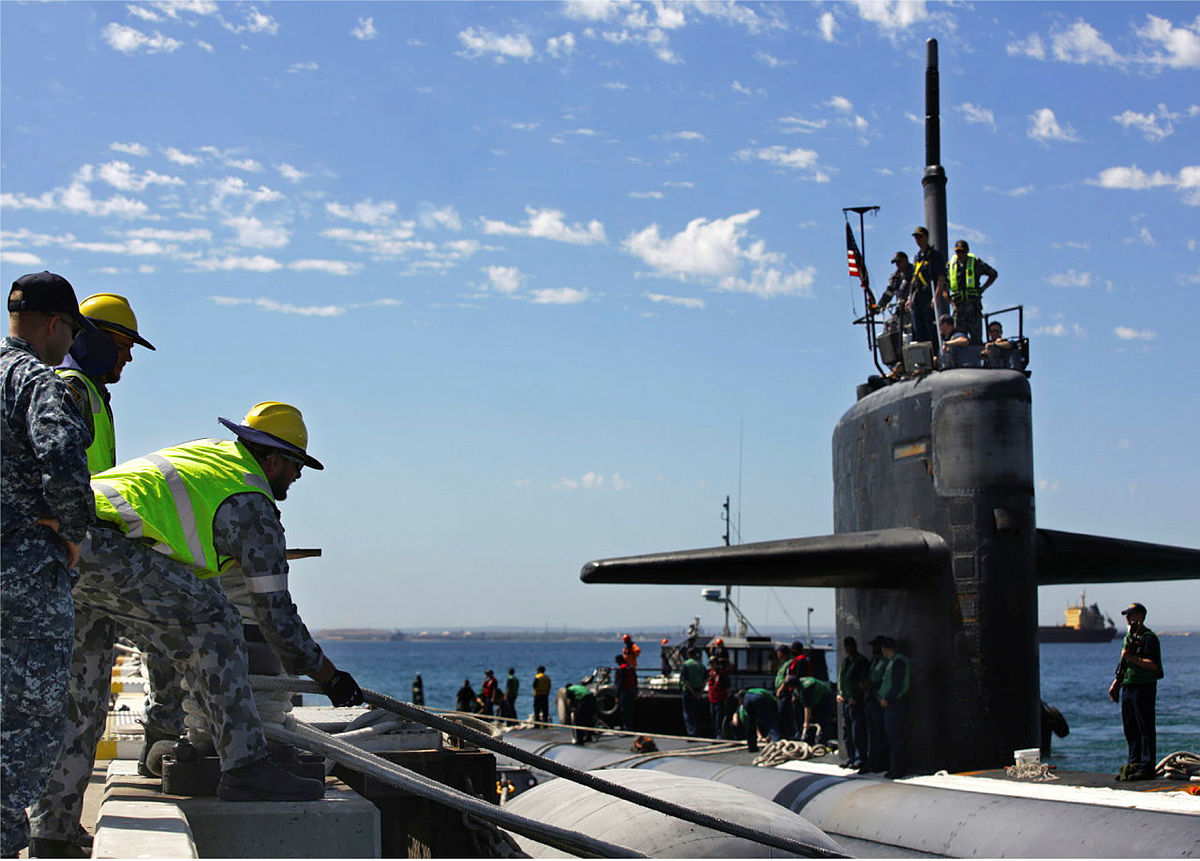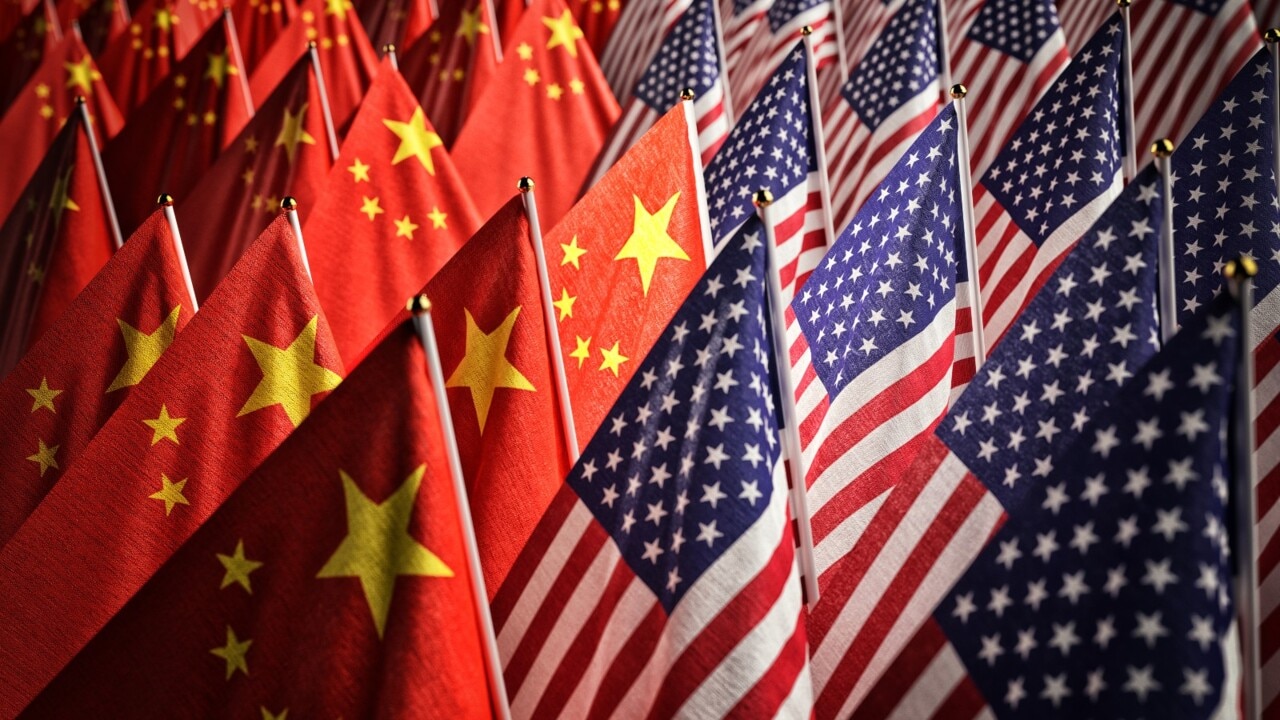I am not suggesting that we pull funding away from any project. Budgets are allocated and payments are often scheduled decades in advance. In the case of the Submarine program there have been slippages which means that money has been allocated but has yet to be spent. There are also many other projects that are scheduled to start, but haven't, because of budget planning. Often the start and finish dates of these projects tend to be rubbery for that very reason. In other words there is nearly always wiggle room in budgets as circumstances and priorities change.On what basis to you suggest 20 years when the utterances do not support this and our current submarine force would be lining up for a second LOTE if that was true. Area denial beyond the Australian coast requires a submarine force and requires it to be capable.
Your suggestion that 20 years is all that we can hope for (noting you have provided no evidence to back up why you assume this) and disregard of the impact submarines have in forward power projection and the utterances made by the GoA. Failure to maintain this capability would be the most significant defence failure in recent history and will reflect on those parties that permitted it to happen.
I would also note that Loyal Wingman and missile production are project are projects that are currently in place and being funded. Are you suggesting that funding for the frigate and SSN's be redirected there to expand this capability?
If that is the case I suggest that is a very poor option.
As things stand I believe the SSN will take a couple decades to deliver. Some may disagree and think it can be delivered sooner but let's just say that I remain sceptical. I have yet to see any plan that doesn't involve leasing or having access to an early overseas build. Even if we were to build locally it would still involve having crucial modules constructed overseas and once again would probably see us being pushed to the back of the queue.
Then of course it comes down to training not only those who will sail in these submarines but also those who will build them. It is generally considered to take ten years for anyone to become an expert in their trade so training is a long drawn out process.
I would love to see nukes in service by the early 2030s but to be honest I can't see it happening.


